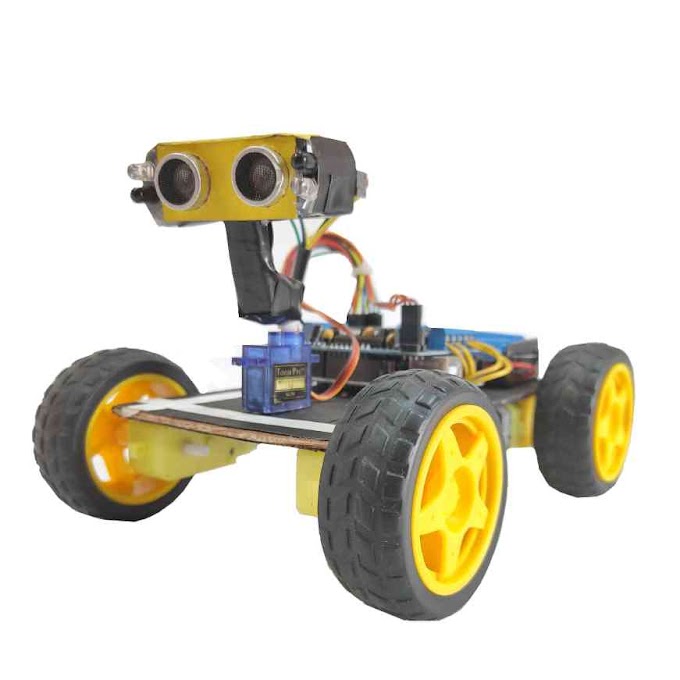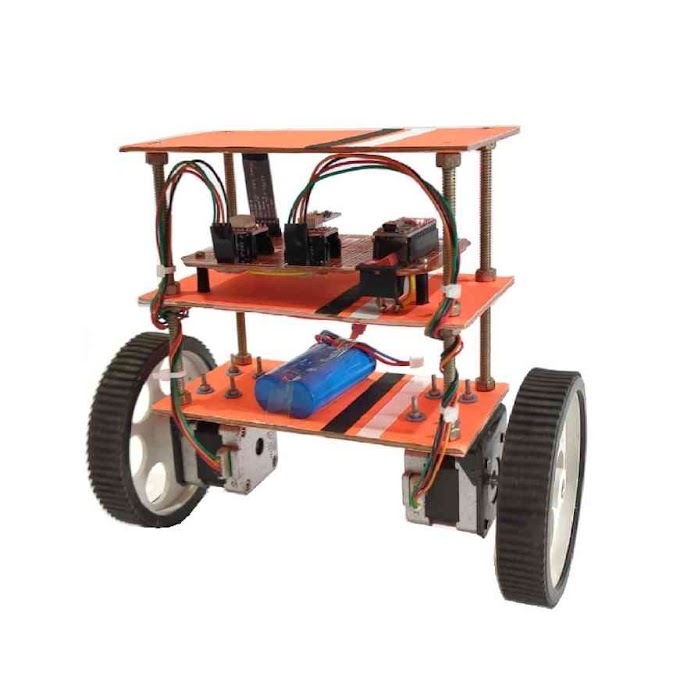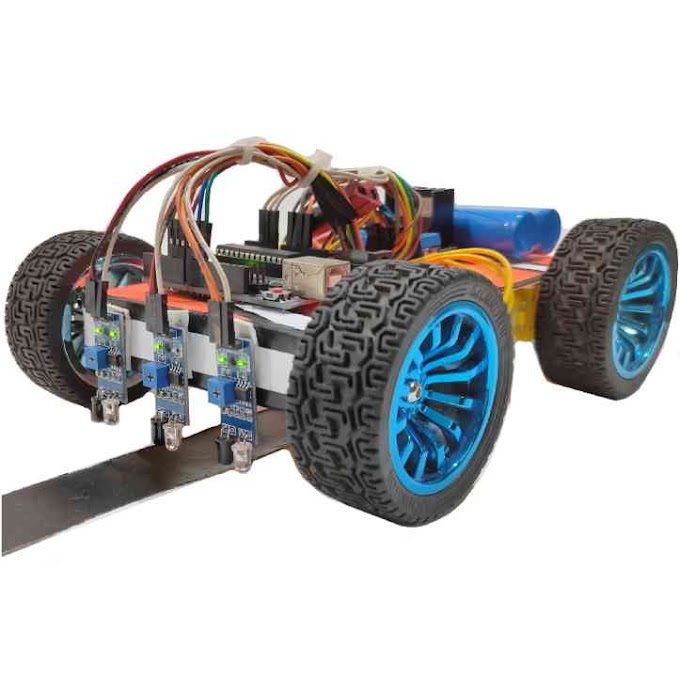TTP223 touch sensor using arduino -
Hello everyone! Welcome to another knowledgeable blog of My Tech Studio. Today I will discuss about the touch button based on TTP223-BA6 microcircuit. There are radio components on one side of the printed circuit board of the touch button, and there is a 10 x 10 mm touch sensitive metallized area with the inscription ‘Touch’ on the other side. Next, let’s consider the technical characteristics of the touch button. Operating voltage is from 2 to 5.5 volts. Response time in active mode is 60 ms. Maximum sensing distance is up to 5 mm. Response time in low power mode is 220 ms. The size of the printed circuit board is 15 mm long, 11 mm wide and 1 mm thick. The touch button is based on the TTP223-BA6 microcircuit in the form of an unpackaged board on capacitive principle, and it can operate in latching and non latching modes. It reacts both to direct contact with the board and through a dielectric layer, for example: glass or plastic up to 5 mm thick. There are two jumpers on the board for setting the output modes. Jumper A is responsible for low or high output when power is applied, and jumper B is responsible for latching or non latching mode.
How do you connect my TTP223?
The schematic diagram shows that jumper A is the 4th contact of the microcircuit, jumper B is the 6th contact, and the output is the 1st contact lettered Q. The sensitivity of the touch button can be changed in the range from 0 to 50 pF with the help of capacitor C3. When there is no capacitor on the printed circuit board, the sensitivity is at its maximum. When the capacitor is set at 50 pF, the sensitivity is at its lowest. You can also increase the sensitivity by upsizing the sensor pad. Next, let’s consider the table with the operating modes of the touch button. In the first variant, jumpers A and B are open. When you touch the sensor, there is an active high output. In the second variant, jumper A is closed, and jumper B is open. When you touch the sensor, there is an active low output. In the third variant, jumper A is open, and jumper B is closed. The sensor operates as a trigger. When power is applied, there is a low output. In the fourth variant, jumpers A and B are closed. The sensor operates as a trigger. When power is applied, there is a high output. 4 touch buttons were installed on the breadboard.
To demonstrate their operation, a 5 mm LED is connected as a load to each individual output. When power is applied, you need to wait a few seconds to calibrate the touch buttons. The first sensor works like a switch. Jumper A is open and jumper B is closed. When power is applied, initially there is a low output. When touched, there is a high output with latching. The second sensor also works like a switch. Jumpers A and B are closed. When power is applied, initially there is a high output. When touched, there is a low output with latching. The third sensor works like a button. Jumpers A and B are open. When power is applied, initially there is a low output. When touched, there is a high output. The fourth sensor works like a button. Jumper A is closed and jumper B is open. When power is applied, initially there is a high output. When touched, there is a low output.
How do capacitive touch sensors work?
Capacitor across them of different of various different sizes you can adjust the sensitivity of this thing the other two sets of pads that I mentioned on. There from before A and B those control whether it's active higher active low, and whether it's what was the other thing Oh latching right. So short one pad and it becomes a latching so I'll touch on touch off the other one normally as in right. Now it's active high so it goes high, when it senses a touch which is why that led goes on. If I was too short that one and I came out which ones which okay yeah found it. So the heads are the act of high act of low and the B pads are the latch unlatch or the latch or momentary. So it naturally comes with both pads open. So it's momentary and active high but that's kind of an aside the important thing I think to solve my problem is these two pads up here to put a capacitor across. Now the datasheet says that to adjust it you need a capacitor between zero, which is right now and fifty Pico farad's. Unfortunately don't have a fifty Pico farad's capacitor. I got micro farad capacitors I got nano farad capacitors and out of my assortment the smallest one.
How do I increase the sensitivity of my TTP223?
So the closest I've got that's the smallest out of that assortment there. Once 103 473 yeah that's those are all huge. So I guess I'll try this 220 Pico farad and just see if it'll do its job it might it might not it might just completely desensitize. So I'm going to put two of these capacitors in series. It should be closer to a hundred Pico farad's rather than the 200. As we know resistors in series increase their resistance and resistors in parallel decrease the resistance capacitors work exactly the opposite capacitors in parallel increase the capacitance and series reduce their capacitances. So plug him in now okay that works does it work through the thickness of paper. So that's in the range of a hundred Pico farad's that's still more than they say should work. But and if I put okay that's so it's not sensing off of that but that underneath there. So we'll have to wait in the meantime this project done hold and you will be seeing these touch sensors show up again there's a teaser for what my control panel is going to look like. Basically it's going to control switches to the four to these four tracks and then one over there.













